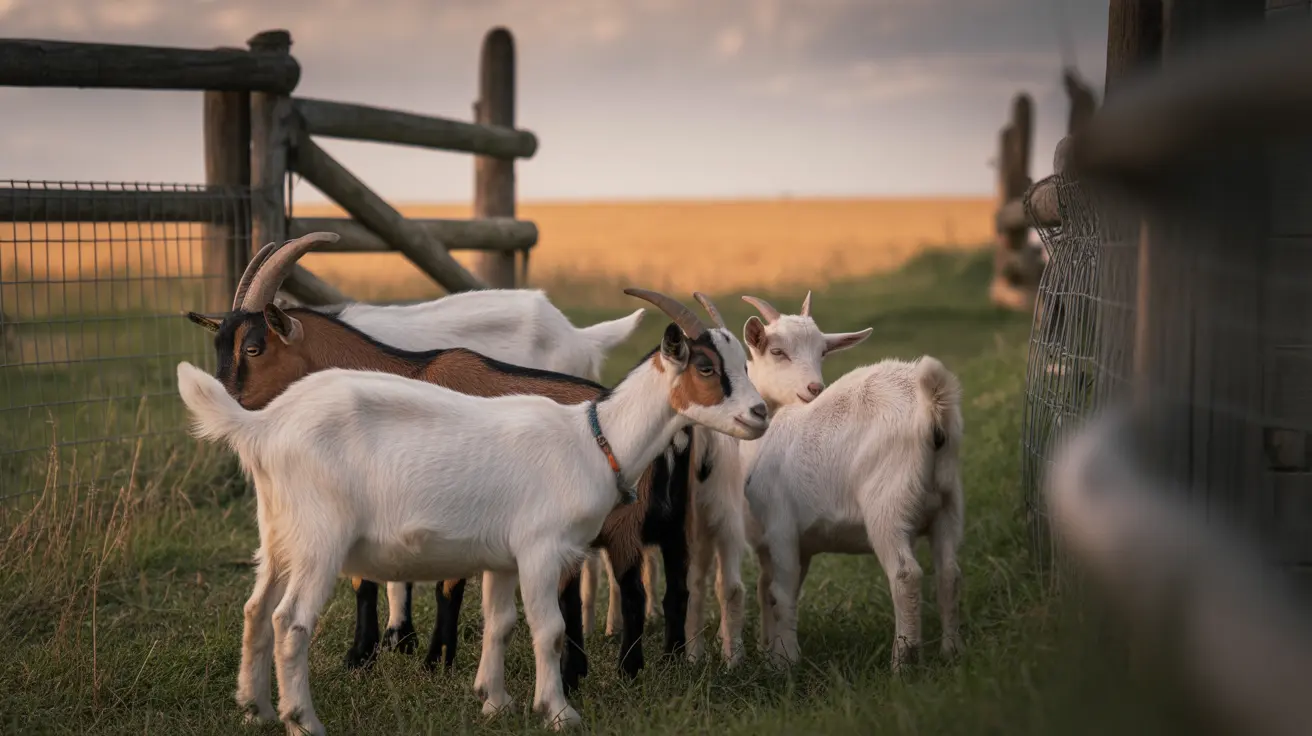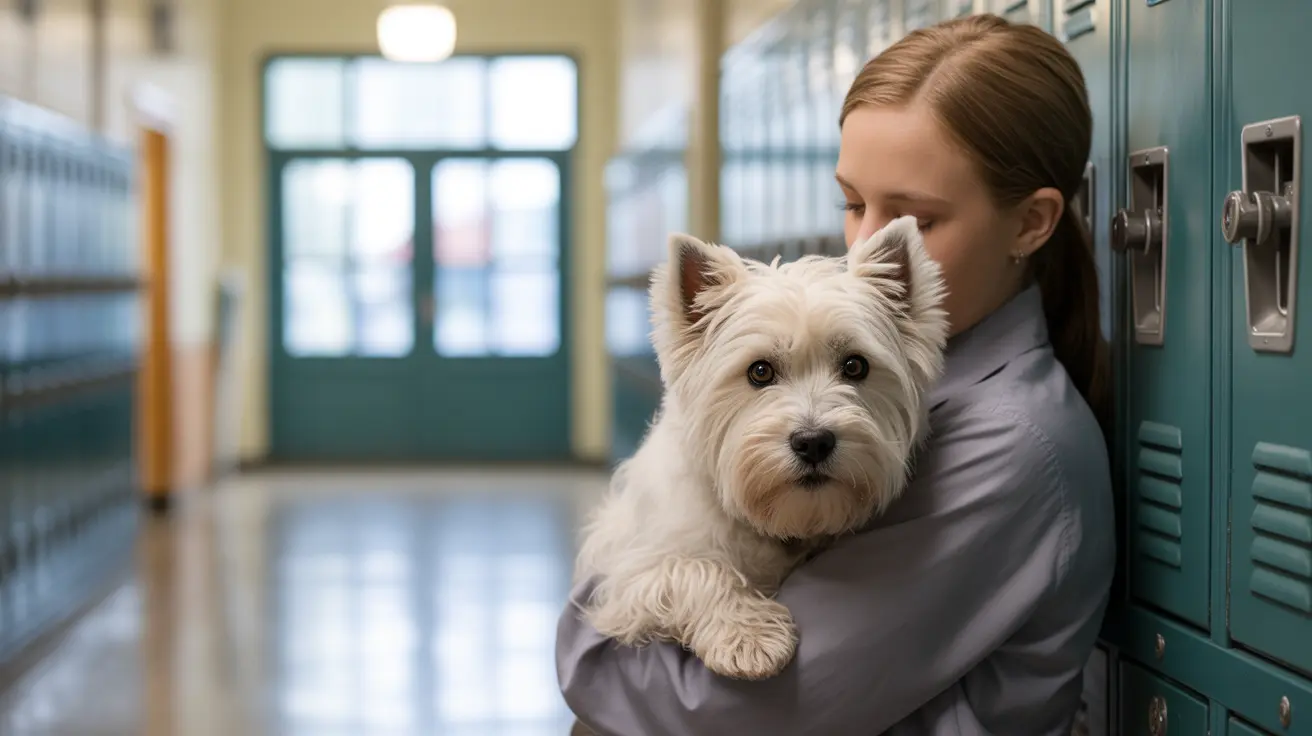Why You Should Never Pull Dogs Apart When Mating
When dogs mate, many first-time pet owners are often alarmed by the fact that the male and female remain tied together for a period afterward. This phenomenon is frequently misunderstood and can cause concern. However, knowing the biological reasons behind this behavior is essential for responsible and informed pet care.
Understanding the Copulatory Tie
During canine mating, a unique biological event occurs known as the
copulatory tie. This is a completely natural and necessary part of the breeding process in dogs.
- Penile Swelling: During ejaculation, the base of the male dog’s penis (bulbus glandis) swells inside the female's vagina.
- Muscular Contraction: At the same time, the female’s vaginal muscles contract around the swollen gland, forming a tight grip.
- Natural Lock: This creates a 'lock' that prevents either dog from separating.
This tie usually lasts anywhere between
5 to 30 minutes, although times can vary depending on the individual dogs involved.
Why You Should Never Intervene
Many owners, seeing their dogs locked together, panic and try to separate them. This can be extremely dangerous for both animals. Here’s why:
- Risk of Injury: Forcibly pulling dogs apart can cause serious injury to the male’s penis and internal injuries to the female.
- Pain and Stress: Both dogs can suffer extreme stress and pain if forcefully separated.
- Natural Conclusion: The tie resolves naturally as the swelling reduces, and the dogs separate on their own.
What to Do Instead
If you witness the tie, it's best to stay calm and ensure a quiet, safe environment until the dogs naturally separate. Here are a few tips:
- Stay Quiet: Don’t shout or panic. This could elevate stress levels.
- Keep Them Secure: Ensure the dogs do not move too abruptly, which could worsen the situation.
- Monitor Their Behavior: Observe them calmly to ensure the separation occurs naturally.
Is the Tie Always Successful for Conception?
Interestingly, the presence of a tie doesn't guarantee pregnancy. Although it increases the chances of conception, several factors—including timing, fertility, and overall health—play a role.
Can All Dogs Experience a Copulatory Tie?
Most dogs will experience a tie during successful mating, especially when both are healthy and the female is in estrus. However, variations can occur:
- Breed Differences: Smaller breeds may tie for shorter durations.
- First-Time Mating: Inexperienced dogs might not achieve a full tie.
- Health Issues: Reproductive issues may prevent a successful tie altogether.
How to Prevent Unwanted Mating
For pet owners who do not wish for their dog to breed, here are essential precautions:
- Spay and Neuter: The most effective method to prevent mating and associated behaviors.
- Supervised Interaction: Never leave dogs of opposite sexes alone if one or both are unsterilized.
- Know the Heat Cycle: Understand the female dog’s estrus cycle to avoid accidental mating.
Post-Mating Care
After dogs have mated and separated naturally, it is wise to:
- Check both dogs for signs of distress or injury
- Monitor the female for signs of pregnancy in the following weeks
- Consult a veterinarian if you have any further concerns
Conclusion
Understanding the natural process of the copulatory tie is crucial for any dog owner. Attempting to separate dogs during mating can result in physical harm and emotional trauma for both animals. Instead, allow nature to take its course and consult your veterinarian if you have further questions about your dog’s reproductive health.
By recognizing typical mating behavior and knowing how to respond appropriately, you’ll promote not only the safety of your pets but also their overall well-being.





